Tag: hypoxemia

Extracorporeal Life Support for Adults
This book presents a concise, evidence-based review of extracorporeal life support (ECLS) for adult diseases. It describes the use of ECLS with patients who are experiencing severe hypoxemic respiratory failure (ARDS and... read more
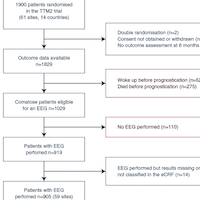
EEG Patterns for Predicting Poor Outcome After Cardiac Arrest
The specificity of the ERC-ESICM-recommended EEG patterns for predicting poor outcome after cardiac arrest exceeds 90% but is lower than in previous studies, suggesting that large-scale implementation may reduce their accuracy.... read more

Dyspnea and Dyspnea-Associated Anxiety in ICU Patients
Dyspnea is frequently associated with anxiety, prolonged days on mechanical ventilation, and worse quality of life after discharge. It can also increase the risk of posttraumatic stress disorder post ICU discharge. However,... read more

Heat Shock Protein 27 in COVID-19 and non-COVID ARDS Pathogenesis
Acute respiratory distress syndrome (ARDS) is a common cause of hypoxemic respiratory failure in intensive care units that has increased dramatically as a result of the COVID-19 pandemic. In both COVID-19 and non-COVID... read more

Pediatric Sepsis Phenotype with Persistent Hypoxemia, Encephalopathy, and Shock
We derived and validated the persistent hypoxemia, encephalopathy, and shock phenotype, which is highly reproducible, clinically relevant, and associated with HTE to common adjuvant therapies in children with sepsis. We... read more

Textbook of Ventilation, Fluids, Electrolytes and Blood Gases
The Textbook of Ventilation, Fluids, Electrolytes and Blood Gases encompass essential topics for which thorough education and training is a must for any clinician who manages these patients. This book has four sections, each... read more
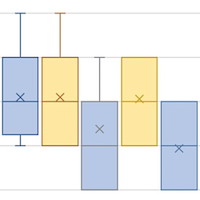
HFNC vs. CPAP in COVID-19 Patients with ARDS in ICU
Acute hypoxic respiratory failure in coronavirus disease 2019 (COVID-19) pneumonia has been treated with oxygen delivered by oxygen masks and non-invasive ventilation (NIV) with continuous positive airway pressure (CPAP),... read more

Tracheal Intubation of Critically Ill Adults: Video vs. Direct Laryngoscopy
Successful intubation on the first attempt occurred in 600 out of 705 patients (85.1%) in the video-laryngoscope group and 504 out of 712 (70.8%) in the direct-laryngoscope group (ARR, 14.3%; 95% CI, 9.9 to 18.7; p... read more

Verticalization Therapy for ARDS Patients Receiving VV-ECMO
Persistent hypoxemia during veno-venous extracorporeal membrane oxygenation (VV-ECMO) for supporting acute respiratory distress syndrome (ARDS) patients is a clinical challenge for intensive care medical providers. Prone... read more
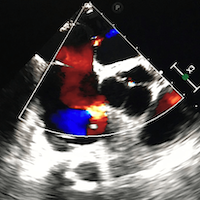
Iatrogenic Hypoxemia and Atrial Septal Defect Due to Electrical Storm Ablation After Left Ventricular Assist Device
Predominant strategies for the management of electrical storm include antiarrhythmic medical therapy, beta-blockers, and catheter ablation. Some studies have demonstrated refractory electrical storm managed with mechanical... read more
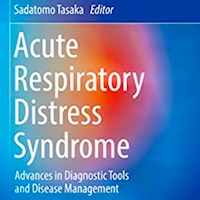
Acute Respiratory Distress Syndrome: Advances in Diagnostic Tools and Disease Management
Divided into thirteen chapters, this book provides a wealth of research-oriented findings and practical guidance, ranging from the definition, epidemiology and pathophysiology, to the diagnosis and management of the disease.... read more

The Advanced Ventilator Book
The Advanced Ventilator Book is a companion to the best-selling The Ventilator Book and is written for clinicians who already have a solid foundation in the basics of mechanical ventilation. It goes beyond the ventilator... read more
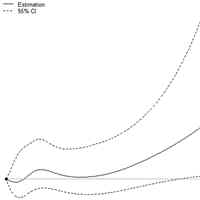
Association Between Oxygen Desaturation Index and Cardiovascular Disease in Non-Sleepy SDB Subtype
In the Chinese community-dwelling population, non-sleepy sleep-disordered breathing (SDB) was highly prevalent. Oxygen desaturation index (ODI), an easily extracted indicator from a type IV sleep monitor, most strongly reflected... read more
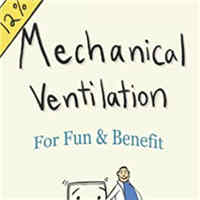
Mechanical Ventilation: For Fun and Benefit
Illustrated and explained simply this book is for anyone that works in an intensive care unit - residents, pulmonary/critical care fellows, therapists, or nurses who wants a better understanding of mechanical ventilation. Easy... read more



